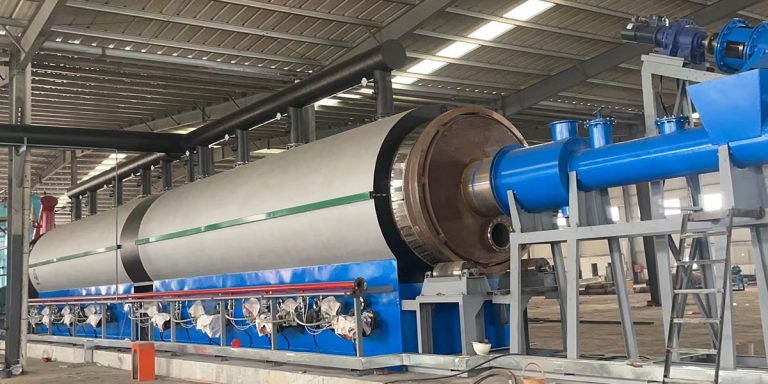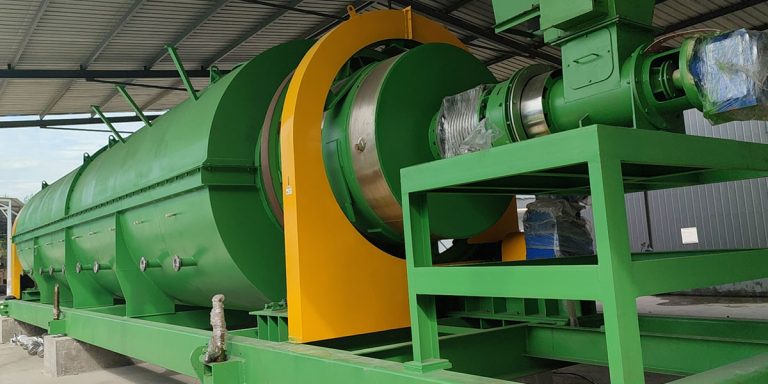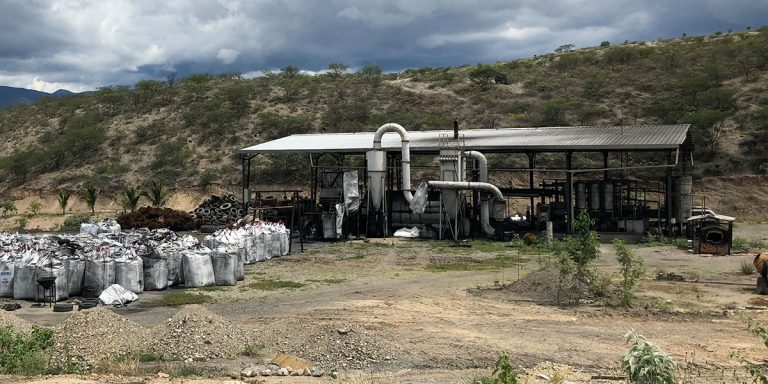In April 2022, Mingjie Group completed the shipment of the MJ-10 MSW pyrolysis plant for sale to Bahrain. Because the composition of municipal solid waste (MSW) is different, including plastic, wood, paper, rubber, etc. Mingjie Group recommends the use of batch pyrolysis plants. It can carry out waste pyrolysis in batches according to different raw materials.
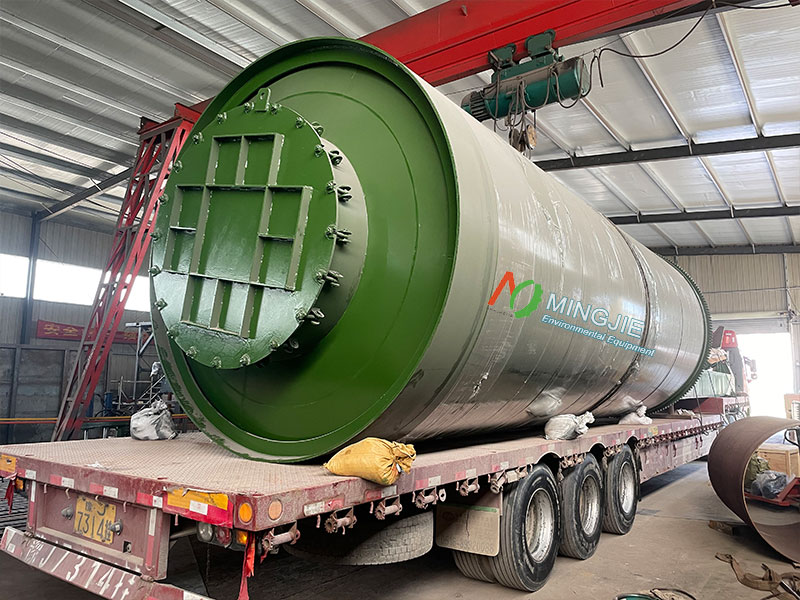
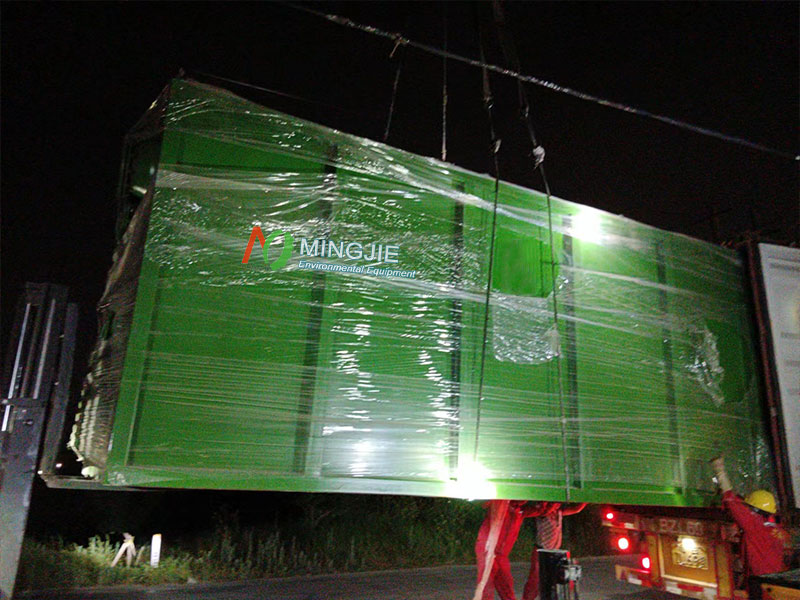
Before pyrolysis, municipal solid waste needs to be sorted and processed to remove non-combustible materials (ceramics, glass). The MSW pyrolysis plant can heat municipal solid waste to a high temperature in a low-oxygen environment to achieve chemical decomposition. Through the pyrolysis process, MSW is converted into reusable resources such as fuel oil, gas and solid residue.
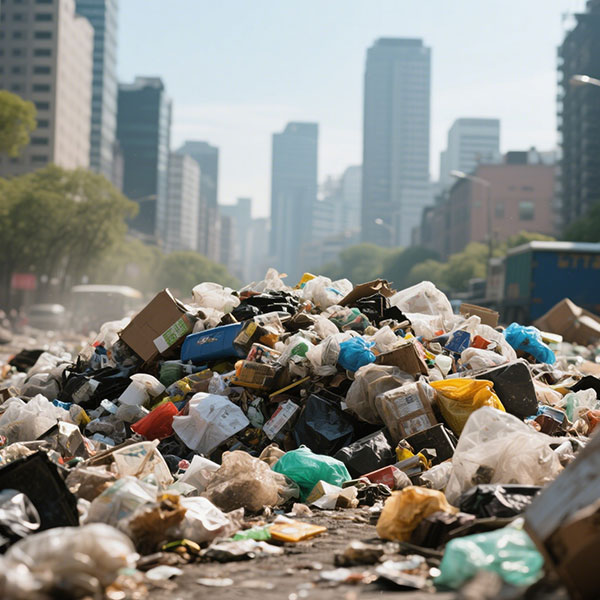
Main Products of MSW Pyrolysis Plant

Pyrolysis oil
It is a liquid fuel with chemical properties similar to petroleum or diesel. Pyrolysis oil can be used as fuel oil or chemical raw material, and it can also be further refined into gasoline and diesel through distillation plant.
The proportion range of MSW pyrolysis oil is as follows:
- Light oil: 30% to 70% of the total liquid products (mainly gasoline phase oil and diesel phase oil).
- Heavy oil: 20% to 40% of the total liquid products.
- Water phase oil: 5% to 10% of the total liquid products.

Pyrolysis Gas
It is mainly composed of hydrogen, methane, carbon monoxide, carbon dioxide and small molecular hydrocarbons. Syngas can be used for power generation, heat supply or as a raw material for chemical synthesis.
Factors affecting gas production:
- Composition of MSW: The ratio of different types of waste (wood, plastic, paper) will affect the composition of the final gas.
- Pyrolysis temperature: Higher temperatures usually promote the formation of hydrocarbon gases and reduce solid residues.
- Heating rate: Rapid heating will cause the pyrolysis reaction to proceed quickly and change the composition of the gas.
- Reaction time: The length of the reaction time will also affect the composition of the pyrolysis gas. The appropriate time will help more complete conversion.

Solid Residues
It is usually composed of inorganic materials such as minerals and heavy metals. Solid residues have limited uses and in some cases can be used as construction materials or landfill.
MSW Pyrolysis Project ROI
MSW pyrolysis project cost can be generally divided into pyrolysis plant cost, infrastructure cost and other related costs. The investment cost of MSW pyrolysis project is about 3000 to 6000 USD/ton, depending on the technical level of the equipment, scale and region.
MSW Pyrolysis Plant Cost
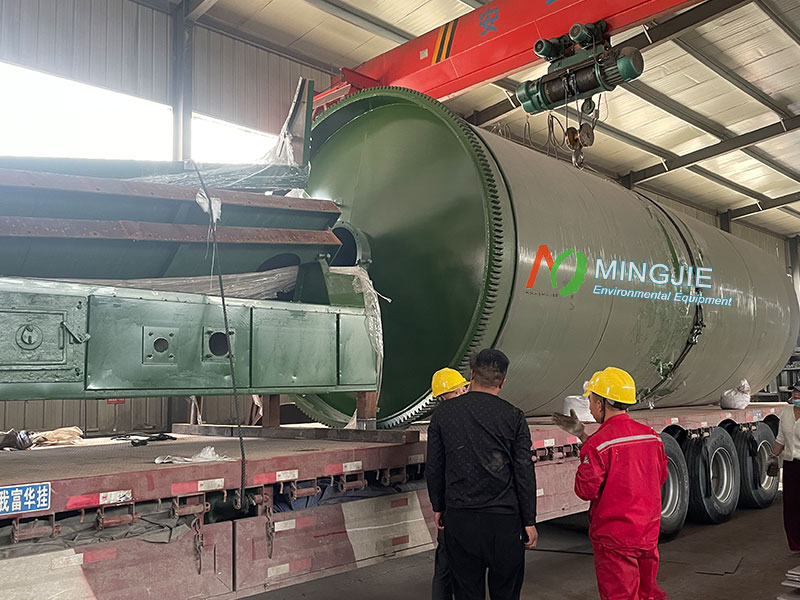
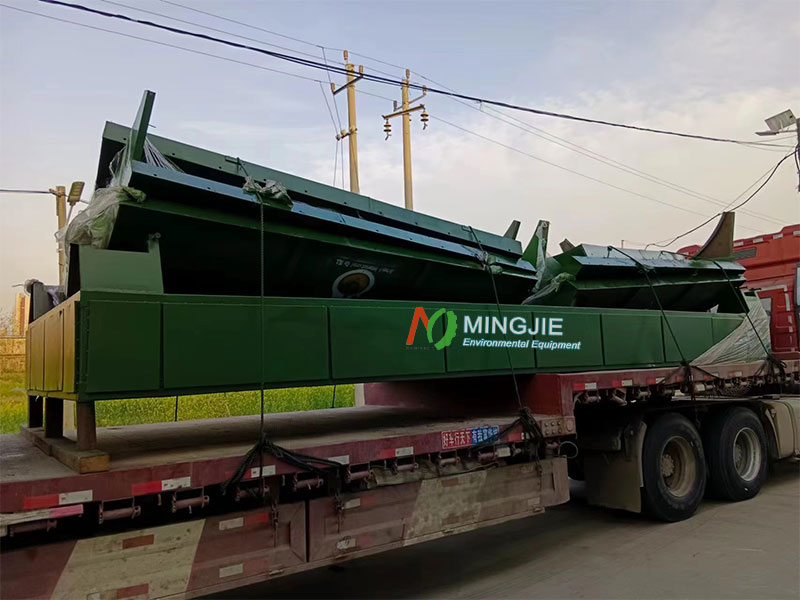
MSW pyrolysis plant mainly includes pyrolysis reactor, cooling system, gas purification equipment, etc. It usually accounts for 50% to 70% of the total investment. The equipment cost of pyrolysis plant is roughly between $2 million and $6 million, depending on the equipment scale and technology type.
Building and Infrastructure Costs
Including factory, storage and office areas usually accounting for 20% to 30% of the total investment. Usually between $1 million and $3 million.
Other expenses: Operating costs and environmental protection measures vary depending on local regulations and policies. Usually between $700,000 and $3 million.

Investment Return
Pyrolysis Oil: The oil products generated by thermal cracking can be used as fuel or chemical raw materials. The market price fluctuates greatly, generally between $400 and $800 per ton.
Pyrolysis Gas: It can be used for power generation, heating or as a chemical raw material. The market price is generally between $200 and $500 per ton.
Solid Residue: It can be used for soil improvement, building materials, etc. The market price is relatively low, but it still has economic value, about $50 to $150 per ton.
Conclusion
In general, the return on investment (ROI) of MSW pyrolysis project may be between 15% and 30%, depending on market conditions, final product prices and operating efficiency. Through reasonable market analysis and cost control, the MSW pyrolysis project may achieve investment recovery within 3 to 5 years.


